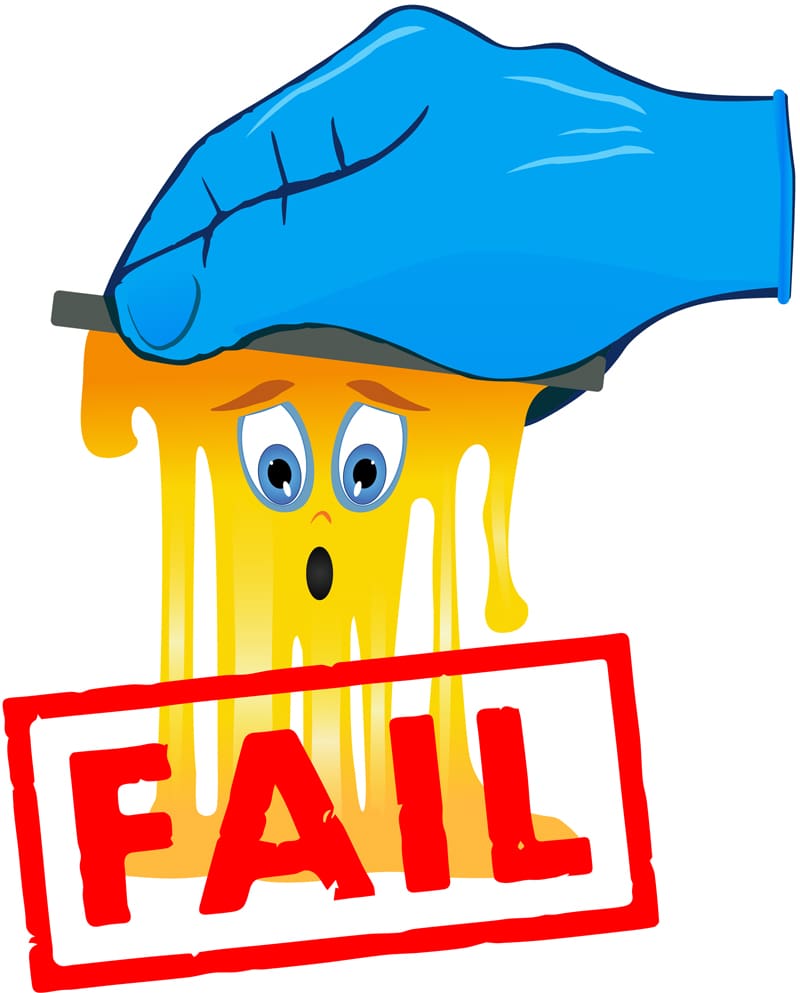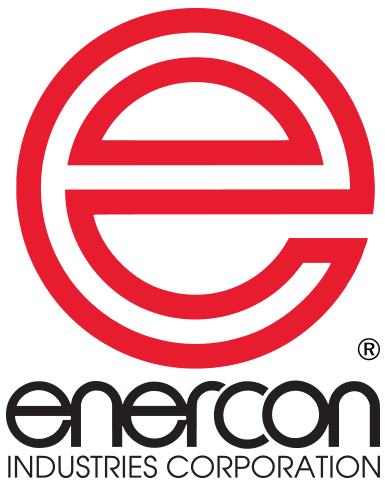Dyne Level Does Not Guarantee Surface Adhesion
Dyne levels are a great indicator of your chance for adhesion success. But dyne level does not guarantee adhesion. Let’s look at a few factors that affect adhesion results. These include coating and material compatibility, surface energy, process variables, material variables and ultimately bonding requirements such as entanglement.
Coating (ink, adhesive, paint, etc…) and material compatibility is the first requirement for achieving adhesion success. Coating suppliers do an excellent job of identifying compatibility of their formulations with various surfaces so this information is readily available. Along with material compatibility will come recommendations for target surface energy for the surface that will receive the coating. Usually surface dyne levels are recommended to be approximately ten dynes greater than the coating’s surface energy.
Most engineered plastics have inert, non porous surfaces with low surface energy. Atmospheric plasma and flame surface treaters are used to increase the surface energy of these plastics. Each of these technologies has its own treatment signature. In general, they remove organic contaminates, oxidize the surface, and create bonding sites to promote adhesion.
It is a common practice to measure dyne level before and after surface treatment. This is a good idea as it will help you verify your starting dyne level and the effect of the surface treater on the dyne level. However there are a few inherent problems with dyne level readings.
Dyne pens and dyne solutions are used to help provide insight as to the current state of a surface in terms of surface energy and wettability. Dyne pens offer an easy and efficient tool to measure dyne level, but they can become contaminated from contact with surfaces. It is advised that dyne pens be used more as a pass or fail test than relied upon for a very specific reading. Testing techniques using dyne solutions rather than pens can provide more accurate results, but are generally more time consuming and require a greater attention to detail.
In both cases, results are subjected to interpretation by a human. What may look like a dyne level of 32 to one person may look like 35 dynes to someone else. In most cases an error in reading a dyne level by a few dynes will not make a perceivable difference in your application, but documenting your own process and results consistently will help ensure the collection of useful data.
Material & Process Variables
So on the positive side, dyne level gives some indication that you have a chance at success. But it does not guarantee it. It is not unheard of to see different adhesion results from materials that display the same dyne levels. So how can this occur? Some common reasons are variables in the process and equipment used to apply the ink, coating or adhesive. Operating variables such as material temperature can play a major impact on adhesion results. Surface migration of additives in the material can play a role as well. This is one of the reasons it is recommended that surface treatment occurs immediately prior to your coating process.
Ultimately good adhesion will require entanglement at a molecular level between the material surface and the coating. Entanglement is dependent upon the variables discussed above; including material and coating compatibility, surface wettability, the availability of functional bonding sites, and control of process parameters. As mentioned above each surface treatment technology has its own signature and unique ability to clean, etch and functionalize surfaces to promote adhesion. So keep in mind that dyne level is an important indicator of your chance at successful adhesion, but it is the combination of all of the variables that determine whether you have success or not.
Please consult with Enercon’s Application Experts if you have any questions on promoting adhesion. In addition to free expert consultation we also offer the services of our laboratory where we can put your application to the test.


